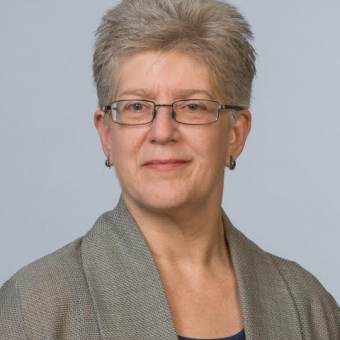
Accessibility: The Curb Cut Effect

What You’ll Learn
- People first: Are you designing for differences?
- Get a new perspective on your product

Combine a fascination with people and an obsession to communicate clearly and you’ve got the makings of a phenomenal UX researcher.
Now, throw in usability design experiences for organizations such as the National Cancer Institute and the New York Times, and ground-breaking research on democracy as a design problem for the Center for Civic Design, plus engaging interpersonal skills and you’ve got Whitney Quesenbery.
Whitney is an authority on gathering the user insights to “design products where people matter.” In fact, she’s authored three books on the subject. The most recent, A Web for Everyone, offers practical advice on making innovative and accessible sites. Storytelling for User Experience: Crafting stories for better design and Global UX: Design and research in a connected world help practitioners keep users in mind throughout the creative process. Follow Whitney’s practical UX advice anytime on Twitter @whitneyq.
Want to hear more from Whitney? Take a look at her article, Better Accessibility Needs User Research.


What You’ll Learn


What You’ll Learn


What You’ll Learn


Why can’t we make it easier to be accessible?
Why can’t we aim for great user experiences that are also accessible? Creating accessible technology has to go beyond minimal compliance with standards that meets the law but may not be usable.
We need a bigger goal: creating delight for everyone. We’ll start by exploring what makes a delightful experience and how a good balance small pleasures and anticipated needs supports accessible UX in both big and small ways. Like any UX, this concern for users has to be part of every design decision.


What You’ll Learn


What You’ll Learn


What You’ll Learn
Did you know that you can get instant 48–hour access to any seminar for just $19/seminar?